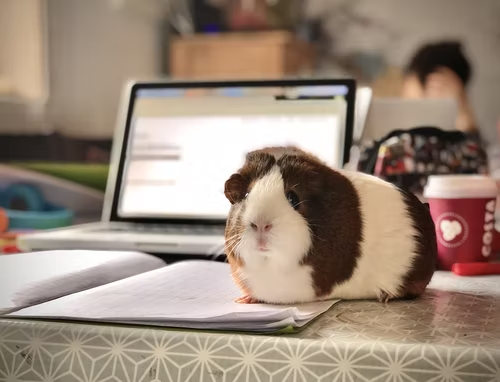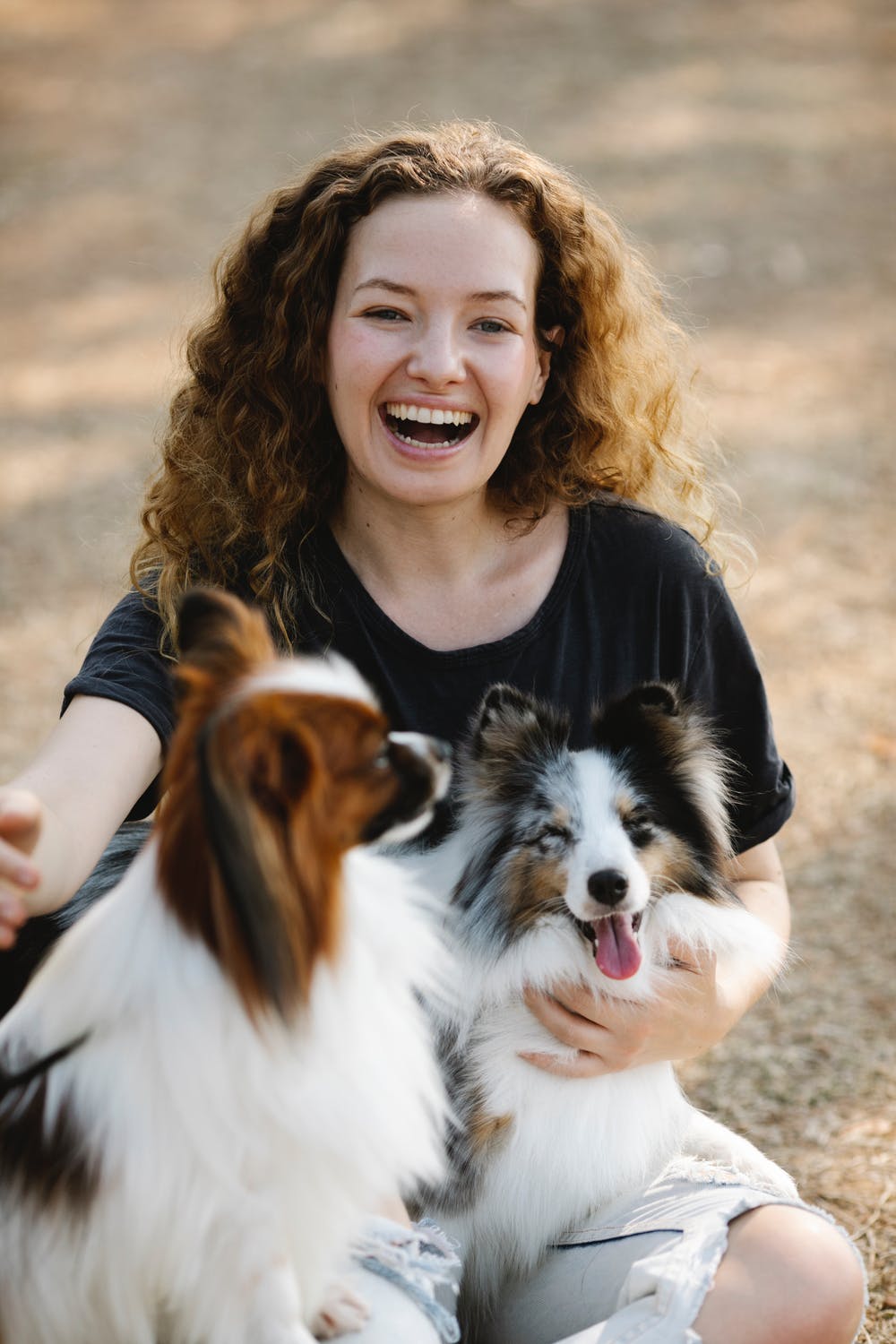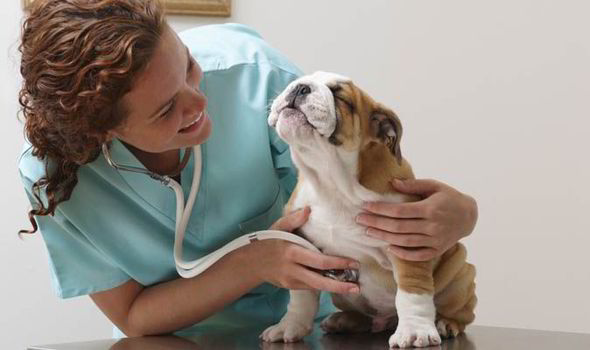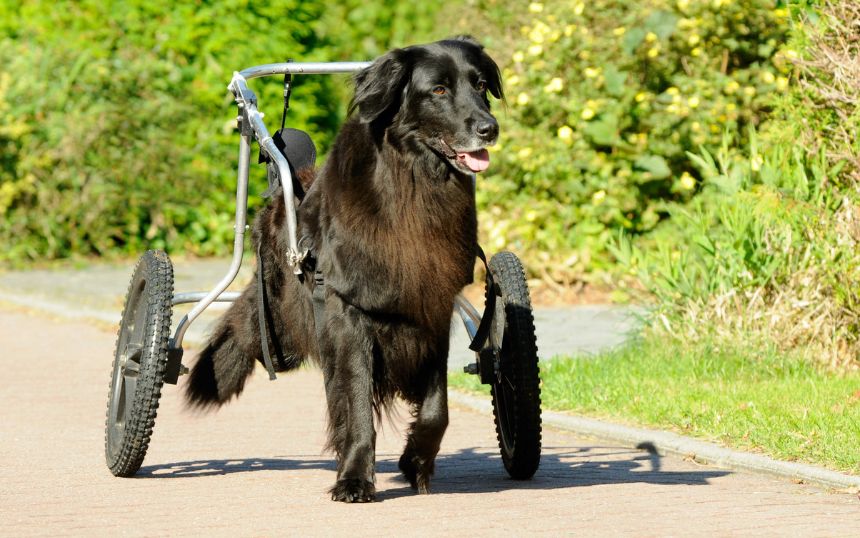8Ways on How To Make Your Pet Love Their Crate
When you crate train your pet, they learn that the crate is their sanctuary. They will also learn that crates are associated with love and security. This makes potty training easier and more effective. Here are 8 ways on how to make your pet love their crate.
1. Make sure the size is appropriate for them
When you're planning to crate train your pet, it's important to make sure the size is appropriate for them. The smallest dog crates should be large enough for your dog to stand in and turn around comfortably. If you have a larger dog, look for a crate that will allow them to stretch out and lie down.
The size of your dog's crate is important because it can help with the success of their training. A too-small crate can make them feel trapped, which could lead to anxiety or other behavioral problems in the future. A too-large crate however could encourage bad habits like destroying furniture or chewing on items they shouldn't be chewing on.
So, the best way to ensure that your pet feels comfortable and safe in their crate is by measuring them before you purchase it. You can then find a crate that fits them perfectly. You can also check online or at local stores for recommendations on what size would be best for your particular breed or size of dog or cat.
2. Don't force your pet into the crate
Dogs are naturally curious creatures who are always exploring their surroundings and learning new things. When it comes to crates, they want to know what's inside of them so they can decide if it's worth exploring or not. If they don't feel safe there, they'll do whatever they can to avoid spending time in it.
When you try to force your pet into their crate using negative reinforcement like yelling or physical force, it teaches them that the crate means something bad will happen when they go inside—and this creates an association with fear that makes it even harder for them to relax when they're inside later on down the line!
Instead of forcing them into their crates while they're still feeling anxious about being in one place (which can be anywhere from fifteen minutes to several hours depending on how long it takes for them to calm down), try waiting until later in the day when your dog seems relaxed before putting them inside. This way, you would not inflict fear on them and they will not see their crate as some scary place.
3. Praise your pet when they enter the crate on their own
This is because praise is a powerful motivator for dogs, and it can be used to encourage them to do what you want. When you praise your dog for entering the crate on his own, it will encourage him to continue doing so.
This technique can work well if you are trying to get your dog used to staying in his crate when you leave home, or if you want him to spend time there while you're at home. The key is to find something he likes, such as his favorite toys and use it as a reward for going into his crate. If he goes in on his own once or twice with no negative consequences (such as being left alone), then he'll be more likely to go in again next time there's something good waiting inside!
4. Use treats
Treats serve as a reward for good behavior, and they also help reduce stress. When you give your pet a treat as soon as they settle into their crate, they'll associate the crate with positive feelings like food and warmth—which means they'll feel more comfortable when they're in it! This is especially important if you're traveling with your dog or cat.
Not only that, but using treats can help you train your pet to love their crate in the first place. When you bring home a new puppy or kitten, for example, getting them excited about being inside their crate will make them more likely to go in there voluntarily later on down the line when it's time for bedtime or when you need them to be calm while you're gone at work all day long every week like if you have another pet at home who needs some extra attention too.
More importantly, using treats doesn't just make life easier for pets who are nervous about being inside their crates either. It also helps owners feel more confident about training their pets to stay put when needed!
5. Put their favorite blanket inside the crate
This could be a blanket, toy, or even their own bed. It's important that this item smells familiar and comforting for your pet so they feel relaxed when they enter their crate.
There are many reasons why this can help you make your pet love their crate. For instance, if they like being covered up, then having a blanket makes them feel safer and more secure. And if they like to snuggle up with something soft, then having their favorite blanket will make them feel more comfortable in the crate.
You can also try putting the blanket inside the crate at first, so that it becomes associated with being inside the crate. When you see that your pet isn't scared of being inside the crate anymore, then gradually remove it over time until they're happy to go inside without one!
6. Let them see you put food in the crate
The most common mistake people make when crate training is not letting their pet see them put food in the crate. This can lead to your pup thinking that the crate is a place where they will be deprived of food and forced to go hungry.
In order to avoid this situation, it’s best to show your dog what’s going on. Introduce them to their new home, show them where their bowls are and let them eat some kibble while they’re still outside of the crate. Then, once they are comfortable with that process, start shutting the door while they are eating inside of it.
Once you have done this and have gotten past any initial anxiety or frustration with being penned up, start feeding him inside of his new den for two meals per day for about two weeks straight before increasing those meals to three times per day for another two weeks.
8. Be patient
Whether you're trying to get your pet used to a crate for the first time, or you're trying to help them love their crate more, being patient is key. If you rush things and force them into something they aren't ready for, they'll likely resist. But if you take it slow and give them time to adjust, they'll probably come around eventually.
Many people think crates are cruel or inhumane, but the truth is that dogs can actually feel safer in a crate than out of one. It's just that most dogs don't know this until they've gotten used to their crates and understand how much their owners love them.
It's important not to rush this process because rushing will only cause anxiety on both sides of the equation: yours and your dog's!
In conclusion, crate training your dog is a very important step to take in your pet's development. This process can be stressful at times but remember, it will all be worth it in the end when you have a content animal!
For more helpful and informative insights, visit here.





